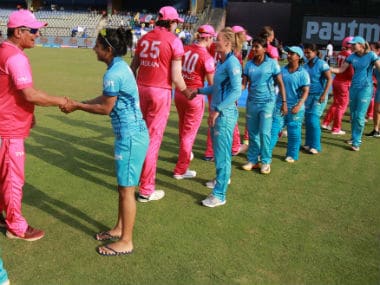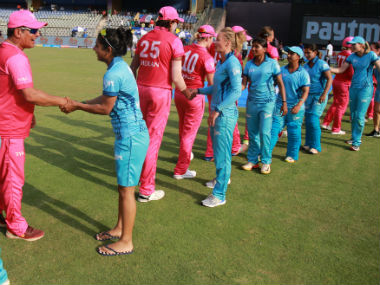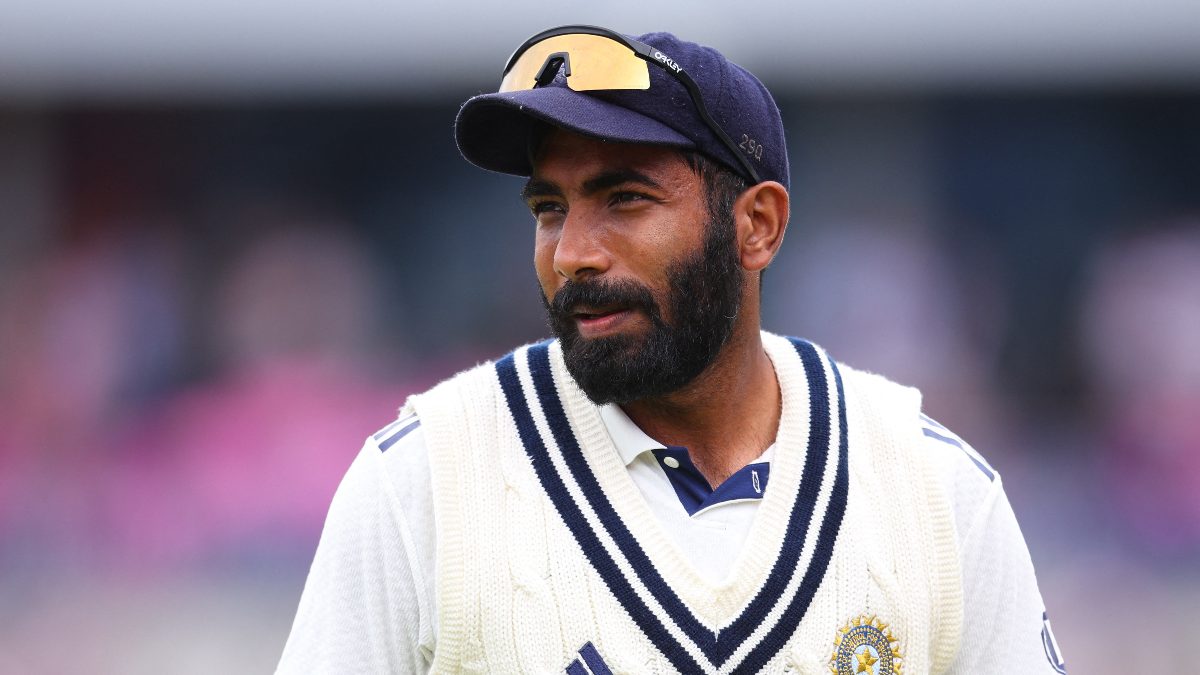In the bottom tier of the Vijay Merchant Stand at the Wankhede Stadium in Mumbai, three teenage girls engage in a conversation about the accomplishment of Suzie Bates as a cricketer. They were aware of the centuries she has scored, the Women’s Big Bash League (WBBL) team she represents as well her multi-sport talent. For those unaware, Bates is a female cricketer from New Zealand that is representing the Trailblazers in the women’s Indian Premier League (IPL) exhibition match. It is also 3 pm in Mumbai, the humidity is unbearable, but the girls along with approximately another 1,000 people have lined up from 1.30 pm to have a glimpse of the talent that is on show in women’s cricket. Foreign players have always been amazed by the wealth of knowledge of the spectators in India. But this is not just another international cricketer. Bates is a female cricketer. The girls continue to chat amongst themselves before one finally says ‘I wish there was an IPL for women”. [caption id=“attachment_4479335” align=“alignleft” width=“380”]  Players shake hands at the end of the match, with the Supernovas winning by three wickets. Sportzpics[/caption] The nail has bit hit on the head and the words that need to be heard are echoed in the stand. The girls might a minority in the crowd, but the fact that they are dreaming about a potential IPL for women is an indication there is a light at the end of the tunnel. Ever since the game was announced as the curtain raiser before the qualification final, there has been plenty of cynicism about the start time, the ticket sales and the lack of emphasis placed on organising such an event. The 2 pm start on a working day in Mumbai was never going to attract a massive crowd and the one-off match was never going to create a rivalry. Ten foreign players from Australia, England and New Zealand, along with national Indians players did promote the match on social media as a game changer for women’s cricket. There was hype, but not to the extent a game of such significance should have created. For the event to have been a success there had to be three matches. The second match should have been a stand alone on a Thursday night and the finale should have taken place ahead of the IPL final. But the chance of broadcasters producing three matches as part of the IPL deal was extremely unlikely, meaning the BCCI would need to find an alternative option. Speak to the fans at the ground and they also showed the displeasure of not having the option of exiting the stadium in between the women’s match and the IPL final. In Australia, the audience are allowed to re-enter the arena in between a Women’s and men’s double header games in the Big Bash. These are logistics that are simple to sort out. The question that still remains unanswered after the exhibition match is if the woman’s IPL can be a viable product? The skills on display throughout the game were phenomenal, especially, the fielding and the catching. Ellyse Perry’s remarkable catch at long-on where she sprinted, dived forward and caught the ball inches above the ground was a moment to cherish. Harmanpreet Kaur’s perfectly timed leap to snatch a lofted drive by Smriti Mandhana was another example of the lofty stands in the women’s game. The slow nature of the pitch probably starved the fans of flamboyant strokes. Perhaps had it been a standalone fixture the track could have been more placid and the batters would have peppered the boundaries more frequently. In Australia, WBBL matches are promoted in a manner that allows better spectator facilities and the benign pitches ensure the balls are set sailing into the crowds to make the game more appealing. In that respect the exhibition game lacked the entertainment factor. The thrilling finish had the 1,000 odd fans on the edge of their seats. The public’s interest summed by the loud clapping as Bates delivered the final ball of the match. This game needed more in a form of marketing and publicity. The primary objective of the administrators was to conduct the game. Get it over and done with it was the attitude — ‘just make it happen’. There needed to be more planning, marketing, direction and research needed to conduct such an important spectacle. The foreign players were absolutely thrilled playing in the contest. Perry described it as the highlight of her career. The comment might be slightly farfetched given that she has achieved almost everything in cricket, but her words highlighted the importance and the significance.
The two teams provided enough excellence. But the big question remains — are there enough women’s cricketers in domestic cricket that will ensure the quality of the competition is not degraded? From the recently-concluded international matches against Australia and England it is apparent that apart from six to eight players, the ‘tier two‘ of players are still a fair way behind the world standards.
After all, the WBBL in Australia is successful because there is an abundance of talent in domestic cricket to ensure the quality of the competition still remains high despite each team featuring six domestic players. For a women’s IPL to be created, a minimum of four teams are required, meaning there is a need for at least 24 Indian players. To have teams full of international players will make no sense, as the primary purpose of the women’s IPL would be to present an opportunity to the domestic players. Now to find an abundance of domestic players, a solid structure needs to be implemented at a grass-roots level so the standard of the women’s IPL can stay intact. For time being the exhibition match achieved its purpose. But that is because the prime objective was simple — just conduct the match, lure in 10 foreign players, find any time slot, a venue, and an agreement from the broadcasters to produce the match without incurring any additional costs. The mission was accomplished. But on a bigger scale more work needs to be implemented at the grass-roots level in domestic cricket. Overall, it was tick for the administrators on conducting the match, but hopefully next time around, it is a more meticulously planned event. It is a start.


)

)
)
)
)
)
)
)
)



